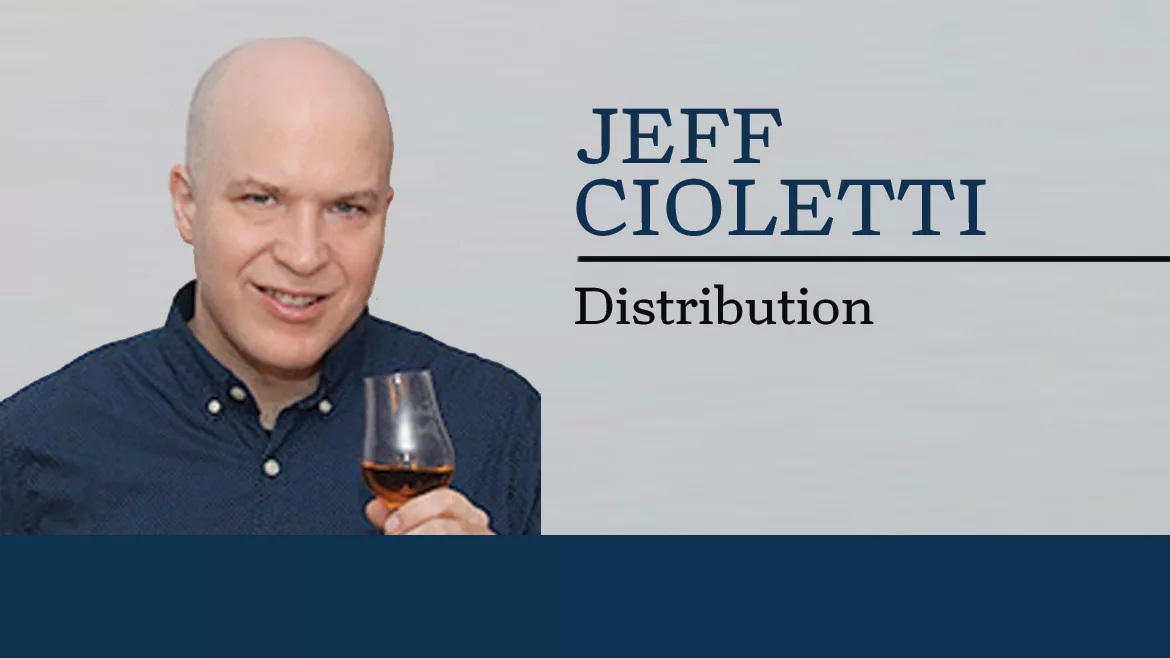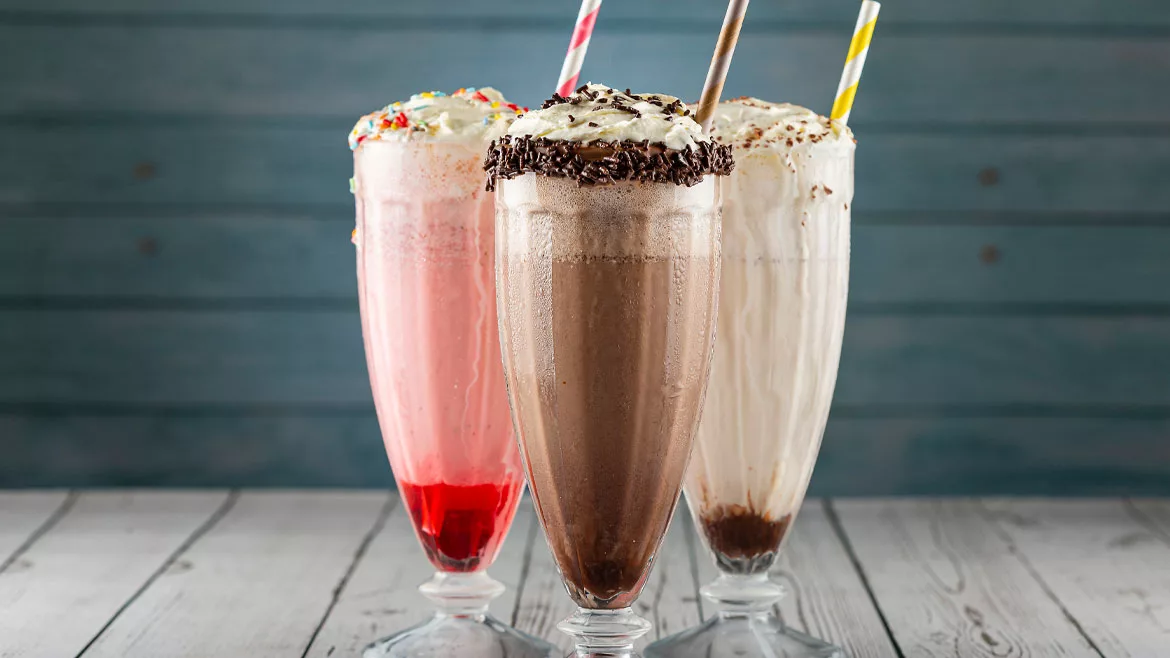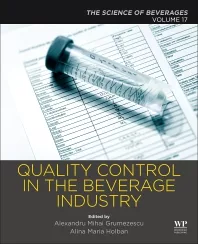Load optimization gets an AI assist in beverage delivery
Artificial intelligence works with strategy, still requires human intelligence

If there’s one area where beverage distributors have consistently intensified their focus over the past couple of decades, it’s vehicle load optimization. In the constant pursuit of logistical best practices and lower operating costs, the beverage industry has increasingly embraced new techniques and tools — many of which weren’t even available to them just a few years ago — to mine efficiencies in the last mile before their products reach the end consumer.
“Different things have influenced that focus,” says Gary Thompson, principal at Turbo Consulting, who previously served for many years as general manager and executive vice president of Powers Distributing in Orion, Michigan. “From profit squeeze to fuel cost increases, to federal and state pressure on injury reduction, to the explosion of SKUs, to the cost of benefits of employees, to the increasing cost of insurance and finally the shortage of drivers —each of these has placed greater and greater pressure on the distributor network to look at their trucks, loads and personnel and better utilize vehicles of varying sizes and shapes.”
According to commercial transportation consultancy Kelly Anderson Group, artificial intelligence (AI) has been playing a transformative role in load optimization in three key areas: predictive analytics, route optimization and automated loading. In terms of predictive analytics, AI uses historical data to help project future demand and enables fleet managers to adjust delivery schedules and right-size their inventory.
On the routing front, the technology digests factors like variable traffic patterns, vehicle capacities and delivery windows to pinpoint the ideal routes. And then there’s the actual loading, which is facilitated by AI’s math to identify the most optimal configuration for whatever combination of specific SKU types the trucks are delivering.
“Technology and AI are imperative to maximize your loads and routes,” Turbo Consulting’s Thompson says.
With both the increase in delivery stops and in the number of SKUs, it became extremely important to calculate the best places on the truck to secure products of varying sizes and weights, for instance. And that’s where the technology comes in.
“Our trucks would have pallets of Miller Lite feature items, and Corona 12-packs, to go along with anywhere from 20 to 200 other packages at a stop,” Thompson explains. “There was not enough time in a 24- or even 48-hour delivery window for us to manually take all of the variables into consideration.”
But, he cautions, technology can only do so much. When it comes to strategy, artificial intelligence can’t really replace human intelligence.
“In my opinion, you simply have to begin with strategy,” Thompson says. “Hoping the computer will make good decisions is not a strategy. Each distributor has to weight their cost structure, service area, service policy, equipment and availability of personnel first. It will not do any good to load-maximize if you do not have a driver to drive the truck, or if there’s no helper so the truck can’t finish the route. If the runs are long, product needs refrigeration and you do not have overnight drivers, it will drive change in your loading.”
Additionally, time windows for some major retail accounts may be inflexible, which will also have to be factored into your decision-making.
“After you have your strategy thought through, you can give tech the rules to be used with loading and AI,” Thompson adds.
Finally, Thompson cautions that load optimization is always a moving target and rarely easy. “This is not a ‘one and done’ move,” he says. “You are going to need to make more adjustments. Get great tech partners who understand and will work with you on the ‘rules,’ algorithms, and strategies needed to bring on load management.”
Looking for a reprint of this article?
From high-res PDFs to custom plaques, order your copy today!






